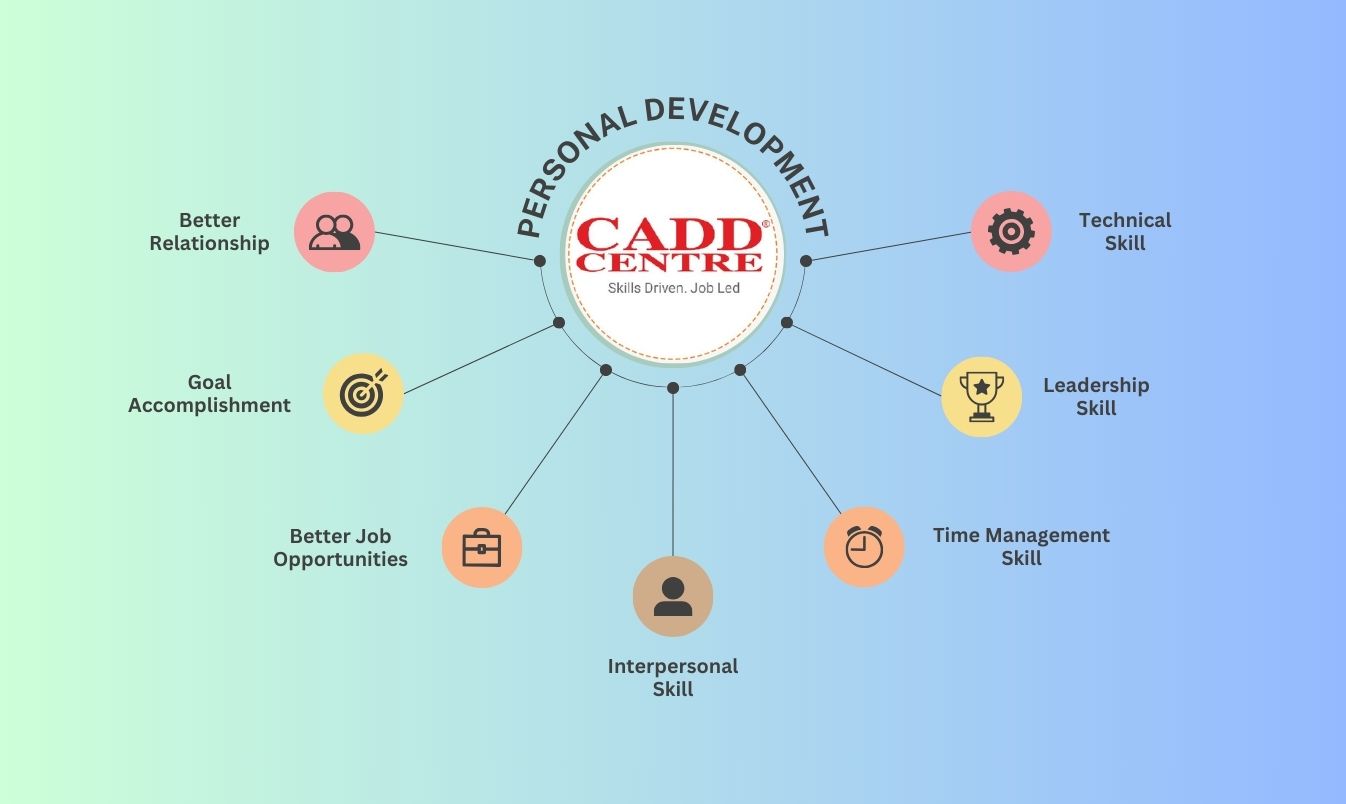Robotics programming often involves a mix of languages depending on the application and the level of control required. Low-level programming languages like C and C++ are frequently used for real-time control systems, embedded systems, and firmware in robotics. These languages offer precise control over hardware, critical for tasks like motor control and sensor interfacing.
For higher-level tasks, such as perception, decision-making, and communication, languages like Python are commonly employed. Python’s versatility and extensive libraries make it suitable for rapid prototyping, machine learning, and interfacing with various hardware components.
Robotics design often involves a combination of modeling and simulation tools, and languages like MATLAB and Simulink are widely used for these purposes. These tools allow engineers to model the dynamics of robotic systems, simulate their behavior, and develop control algorithms before implementation.
Furthermore, there are domain-specific languages and frameworks designed for robotics, such as Robolab, RoboCup Soccer Server, or Robot Operating System (ROS). ROS, in particular, has gained significant popularity in the robotics community as a middleware framework that facilitates communication between various components of a robotic system.
In summary, the choice of language in robotics design depends on the specific task at hand, ranging from low-level control with C/C++ to high-level algorithms with Python and specialized frameworks like ROS. As the field of robotics evolves, new languages and frameworks may emerge to cater to the unique challenges posed by robotic systems.
Grab early bird offer and free Demo Classes
Fill following form and we will be in touch with you for course and fee details:
Get in Touch
Address:Plot No.10, Above Burger King Restaurant, Near Metro Station, Sector-5 Rajendra Nagar Sahibabad, Ghaziabad, Uttar Pradesh 201005
Phone: +91-8595828647 , 9718824848
About Us
We are associted with CADD CENTRE , a trusted institution, enriching the careers of over 2.5 million learners worldwide technical courses . CADD CENTRE Training Services having training experience of 30 year in the field of AutoCAD(2D&3D) , Revit Architecture ,3ds Max , SoildWorks, CATIA, Ansys, Creo, STADD.PRO, C, C++, Pyhton, JAVA, Robotics Design , SketchUP, NX CAD etc.
Recent Posts
-
🌟 Start Your Journey in Design and Analysis with CADD RNC! 🌟
Are you ready to boost your engineering…










